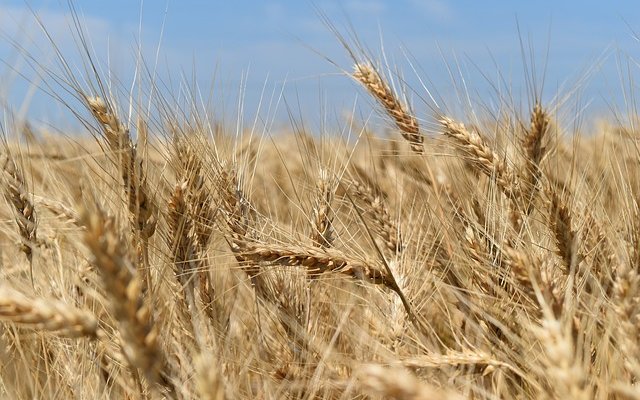Global soybean harvested acreage is expected to increase by 4.75 million hectares (3.6%) in 2022/2023, reaching a record level of 134.93 million hectares, according to USDA Oil Crops Outlook for May 2022. In addition to a 4.4% increase for the United States, harvested area for Argentina and Brazil are expected to increase by 1 million and 1.2 million hectares, respectively, reaching 17 million and 42 million hectares. With normal weather and trend yields, Argentina soybean production is forecast to reach 51 million tons and 149 million tons in Brazil. Soybean production is also expected to increase in Paraguay, reaching 10 million tons. Additionally, China is expected to increase soybean production by 1.1 million tons and Russia by 0.54 million tons.
For 2022/23, global soybean imports are expected to increase by 12.65 million metric tons to 167.12 million, with China accounting for nearly half of that gain. China’s soybean import forecast is up by 7 million metric tons from 2021/22 at 99 million tons. With South American inventory expected to tighten by the U.S. harvest, importers will be heavily dependent on U.S exports this fall until early 2023 when new-crop supplies from South America would become available.
The European Union is one of the top soybean meal importers and accounts for 26% of global soybean meal imports. The EU is expected to import 16.65 million metric tons of soybean meal in 2022/23, marginally higher than 2021/22. However, the EU is expected to increase soybean imports to 15 million metric tons in 2022/23.
In addition to the EU, Southeast Asian countries (Indonesia, Malaysia, Philippines, Thailand, and Vietnam) are expected to increase soybean meal imports by 0.65 million metric tons (3.8%) as their domestic meal demand recovers.
While soybean meal consumption in China may continue to grow 6% in 2022/23, the other importing countries are expecting steady growth in domestic soybean meal demand. In particular, the higher costs of feed grains would constrain EU demand for soybean meal. In addition, an economic stagnation in several EU countries would also temper demand for protein meal. Southeast Asia countries like South Korea, Taiwan, Thailand, and Vietnam might experience better growth in soybean meal consumption and trade.
Global wheat outlook
The global wheat outlook for 2022/23 is for lower supplies and consumption, increased trade, and lower ending stocks, according to the May WASDE. Global production is forecast at 774.8 million tons, 4.5 million lower than in 2021/22. Reduced production in Ukraine, Australia, and Morocco is only partly offset by increases in Canada, Russia, and the United States. Production in Ukraine is forecast at 21.5 million tons in 2022/23, 11.5 million lower than 2021/22 due to the ongoing war. Canada’s production is forecast to rebound to 33.0 million tons in 2022/23, up significantly from last year’s drought-affected crop. Projected 2022/23 world use is slightly lower at 787.5 million tons, as increases for food use are more than offset by declining feed and residual use. The largest feed and residual use reductions are in China, the European Union, and Australia as well as a sizeable decline in food use in India.













